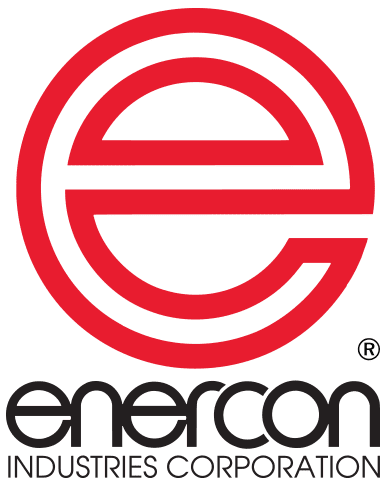An Overview of Surface Treatment for Three-Dimensional Objects
If you’ve attempted to print, label, or otherwise decorate a three-dimensional (3-D) product, you’ve probably been frustrated by an ink or adhesive that refused to adhere to the part’s surface. You may have tried different types of ink or adhesive formulations to get the job done, perhaps even used chemical primers or batch-treating processes. Still,…
Read MorePlasma & Flame Treatment Prepares Aluminum Surfaces for Bonding
Bonding to aluminum can be major challenge. Engineers typically rely on adhesives to bond aluminum without welding. Depending upon application requirements, there are several adhesives and VHB foam tapes that have proven effective. However, all adhesive-based remedies are subject to failure if surface preparation is overlooked. Aluminum Surface Contaminates Aluminum is often annealed to achieve…
Read MoreAutomation Improves Plasma & Flame Surface Treatment Productivity
The manufacturing of virtually everything from toothbrushes to auto parts can benefit from the use of atmospheric plasma treatment and flame treatment during assembly and decorating operations. These technologies increase material surface energy to promote bonding with inks, adhesives, paints and other coatings. Companies in the medical, automotive, packaging, consumer products, wire & cable, sporting goods, furniture, and others markets find that…
Read MoreWhat Plasma Actually Does to a Surface to Improve Adhesion
Air plasma surface treating is an emerging green technology for leading manufacturers tasked with assembling and decorating plastics, composites, glass and metals. It is a powerful, yet relatively inexpensive technology that is used by both Fortune 100 companies and small operations to improve bond strength, product quality and throughput. You can see the effects of…
Read MoreWhy Manufacturers Use New Flame Technology to Improve Adhesion
Advances in flame surface treatment technology are fueling a renewed interest in flame as an automated method of improving surface adhesion. Today’s flame treaters are remarkably safe, reliable & effective at treating a wide variety of plastic, composite, metal and paperboard surfaces. Discover why flame is an ideal solution for high line speeds, complex surface…
Read MoreHow New Plasma Treating Technology is Advancing Adhesion Dependent Manufacturing Processes
The new Blown-ion™ Plasma Treater offers manufacturers powerful and uniform surface treatment for improving adhesion at high processing rates. This plasma treater utilizes a wide MultiPort™ head design that bombards surfaces with an intense, high-speed discharge of ions to clean, etch & functionalize surfaces. Treatment removes contaminants, increases bonding sites, & improves the wettability of…
Read MoreApplication Engineer’s Guide for using Plasma Treatment to Improve Adhesion
Plasma Surface Treatment is being used in dozens of industries for hundreds of applications. This 30-minute webinar provides insights into how engineers are using atmospheric plasma surface treating systems to improve surface bonding of inks, adhesives and coatings. This webinar includes: Access to the webinar includes both the recorded presentation and the presentation slides.
Read MorePretreatment Solutions for Improving Adhesion in Electronics Applications
Blown ion plasma and flame plasma are effective and repeatable treatment methods that take the guesswork out of electronics manufacturing bonding processes. It is imperative that manufacturers protect these electronics from moisture, corrosion, contamination, static, and mechanical shock. To prevent damage, electronics such as printed circuit boards (PCBs) are typically protected with coatings. Additional protection…
Read MoreDyne Level Does Not Guarantee Surface Adhesion
Dyne levels are a great indicator of your chance for adhesion success. But dyne level does not guarantee adhesion. Let’s look at a few factors that affect adhesion results. These include coating and material compatibility, surface energy, process variables, material variables and ultimately bonding requirements such as entanglement. Coating (ink, adhesive, paint, etc…) and material…
Read MoreHow Flame Control Systems Optimize Treatment
Flame is the world’s original surface treater and is commonly used on extrusion coating lines, paperboard processing and foil cleaning applications. If you haven’t considered a flame treater in some time you will be surprised at today’s advanced combustion control options and new high velocity burners that deliver effective and repeatable treatment. Managing the chemistry…
Read More










